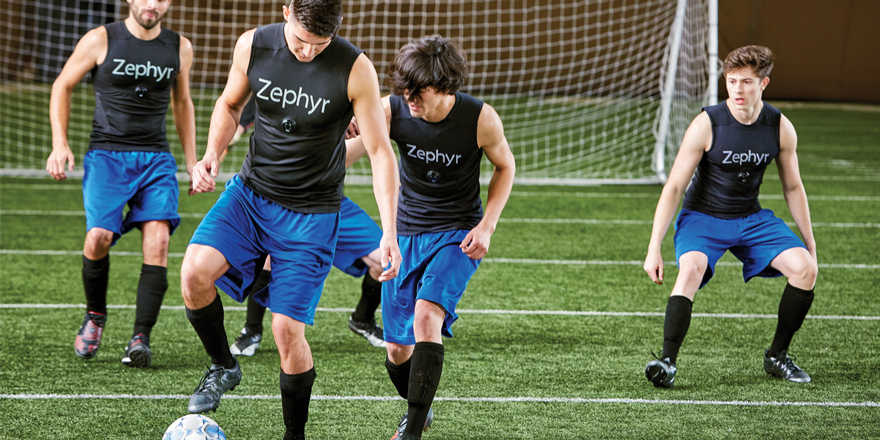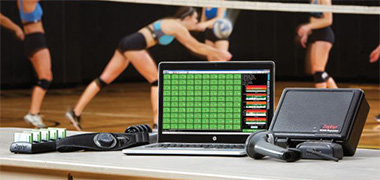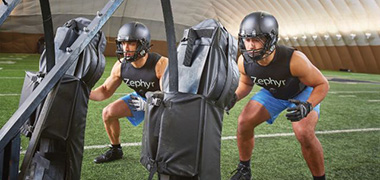The physiological and biomechanical data that affect performance are no longer hidden. So you no longer have to guess who’s performing at their best and who needs work.
Zephyr™ Performance Systems measure six key inputs that report on more than 20 biometrics. You’ll gain the insights you need to help improve performance wherever your people are tested — in sports, combat, emergency situations and research facilities.
What the BioModule and GPS Units Measure and Provide:
Raw Physiological
Accelerometry
Assessment
Quality
Dependent Physiological
Workout Summary
GPS/Accessory Input
So You Can Judge:
- Fatigue and recovery time
- Readiness levels
- Safety based on body temperature and heart rate
- Overtraining or undertraining
- Fitness improvement
- Calories burned
- Agility, speed, and distance
- Intensity and load
- Stress



